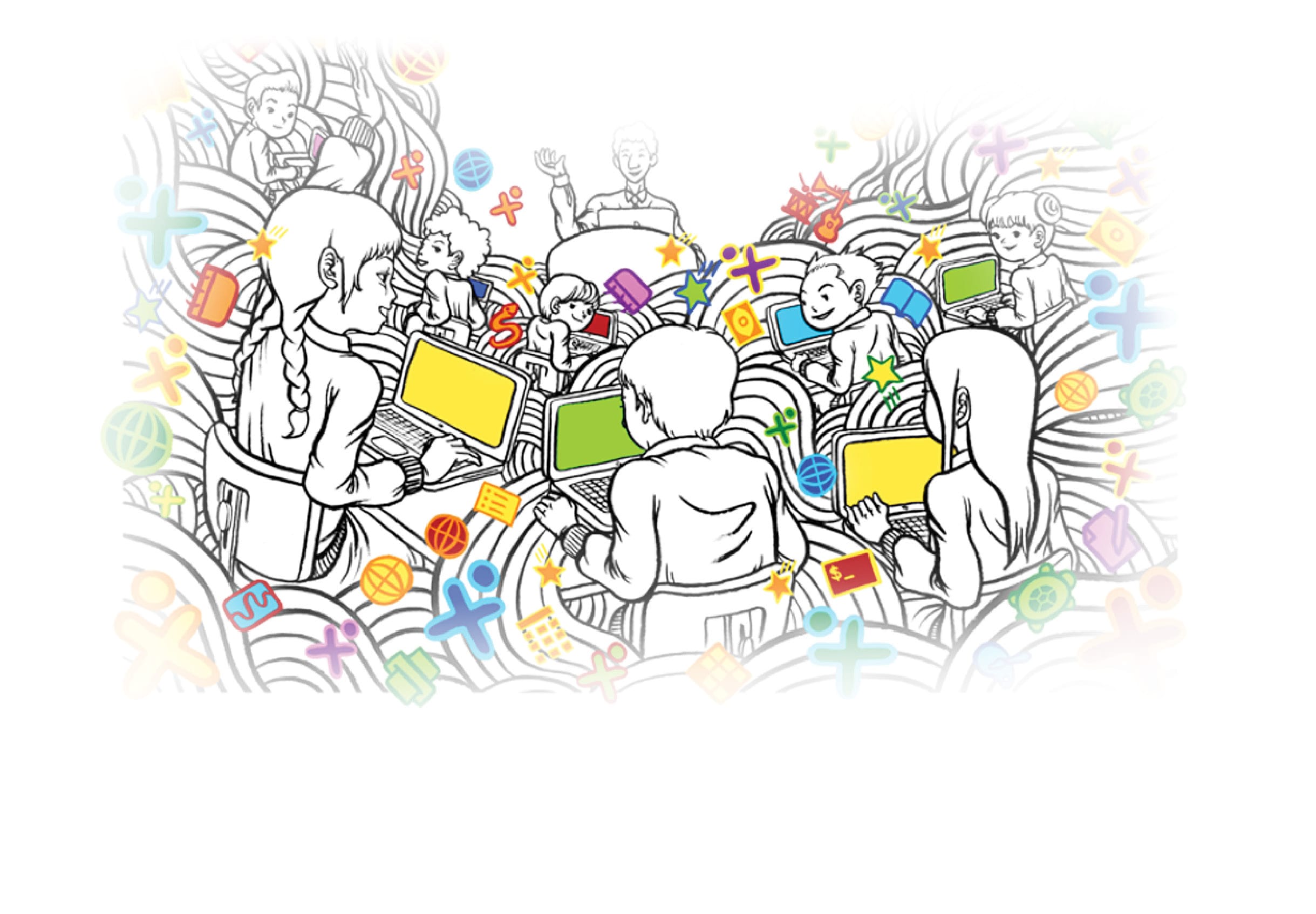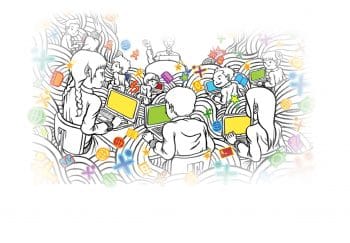Sugar is an interactive and easy to learn platform for kids. It is a free and open source desktop environment designed for interactive learning for children. It started as a part of the One Laptop Per Child (OLPC) project as its default desktop environment. The mission of OLPC is to develop low cost laptops and provide children around the world with new opportunities. Sugar is free software developed under Sugar Labs, which is a non-profit organisation where developers and educationists work together for the development of the software. Sugar Labs is a community that supports and promotes the Sugar learning platform.
Sugar is an attractive and colourful desktop environment created with the aim of quality education for children. Sugar does not use a desktop, folder or window as its user interface. Instead, it uses a full screen view that helps children to concentrate on one job at a time. It is developed in Python and runs on GNU/Linux. It is released under the GNU General Public License and is available in 25 languages. Most applications in Sugar are the forks of existing applications in GNOME. It is available as a USB-bootable Linux distribution and on live CDs.
Building a Sugar desktop environment
Clone the Sugar build repository from Git:
git clone git://github.com/sugarlabs/sugar-build.git |
Enter the directory and pull the latest source code:
cd sugar-build
./osbuild pull
Build the source code:
./osbuild shellbuild |
Finally, run the Sugar environment:
run |
You will find your Sugar environment open if there is no error.
Type Shift-Alt-Q inside Sugar to exit.

Why Sugar is interesting
Sugar supports sharing and collaboration among users. It does not contain applications like other desktop environments. Learner applications in Sugar are called Activities. They include activities like Pippy (an introductory environment to learn Python), Journals (object and activity browsing), Distance (to measure the distance between two laptops, for instance), etc, which are exclusively designed to be easy-to-use for kids. In the Sugar Neighbourhood view, children see their connected friends and they can join each others activities.
Sugar teaches through three experiences:
Sharing: This shows the presence of others involved in the activity by sharing ideas.
Reflecting: With this, Sugar uses journals to record each activity of the user. This helps in assessing progress.
Discovering: Here, users with different skill levels get together on a single platform and go deeper and deeper into exploring a topic, with no restrictions.
Sugar provides children with the opportunity to explore, express and experiment on their own.
References
[1] http://wiki.sugarlabs.org/go/Welcome_to_the_Sugar_Labs_wiki
[2] http://developer.sugarlabs.org/
[3] http://en.wikipedia.org/wiki/Sugar_Labs
[4] http://en.wikipedia.org/wiki/Sugar_%28software%29
[5] https://www.sugarlabs.org/













































































